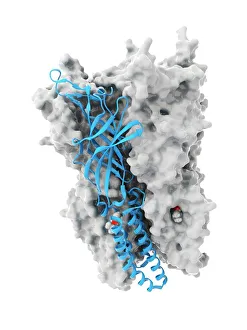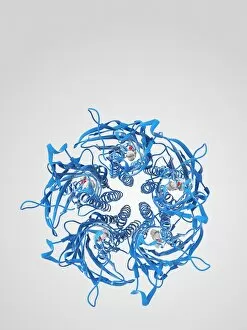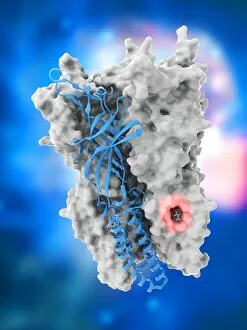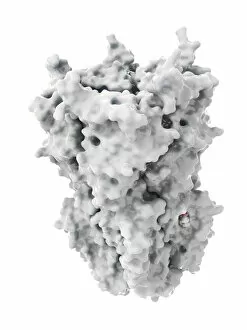Electron Density Collection
"Unveiling the Intricate Dance of Electron Density: From Anaesthetics to Viral Models" In the realm of molecular interactions
All Professionally Made to Order for Quick Shipping
"Unveiling the Intricate Dance of Electron Density: From Anaesthetics to Viral Models" In the realm of molecular interactions, electron density plays a pivotal role in shaping our understanding of various phenomena. One such intriguing example is the anaesthetic's ability to inhibit an ion channel C015 (6718), captivating researchers worldwide. Delving deeper into this phenomenon, scientists have unraveled how the Ketamine drug binds to this very ion channel, shedding light on its remarkable properties. The intricate dance between Ketamine and the ion channel reveals a fascinating interplay that holds immense potential for medical advancements. As we explore further, it becomes evident that electron density acts as a guiding force in these interactions. With each binding event between Ketamine and the ion channel repeated multiple times (as indicated by repetitive hints), we witness how electron density orchestrates their union with precision and finesse. Expanding our horizons beyond anaesthetics, it also unveils its prowess in viral models. Take Sindbis virus, for instance - a computer model representing its complex structure emerges through careful analysis data. This breakthrough allows us to delve into the inner workings of this notorious pathogen and devise strategies to combat it effectively. Not stopping there, Semliki Forest virus joins our exploration as another computer model shaped by electron density insights. By deciphering its intricate architecture at atomic levels, scientists gain invaluable knowledge about this viral invader's vulnerabilities - paving new avenues for antiviral interventions. In essence, these diverse examples highlight how electron density serves as an indispensable tool in unraveling mysteries at both microscopic and macroscopic scales. Whether inhibiting ion channels or constructing accurate viral models, understanding electron distribution empowers us with profound insights into fundamental biological processes. So let us embrace this mesmerizing world where electrons dictate molecular behavior – opening doors towards groundbreaking discoveries that hold promise for revolutionizing medicine and combating infectious diseases like never before.









